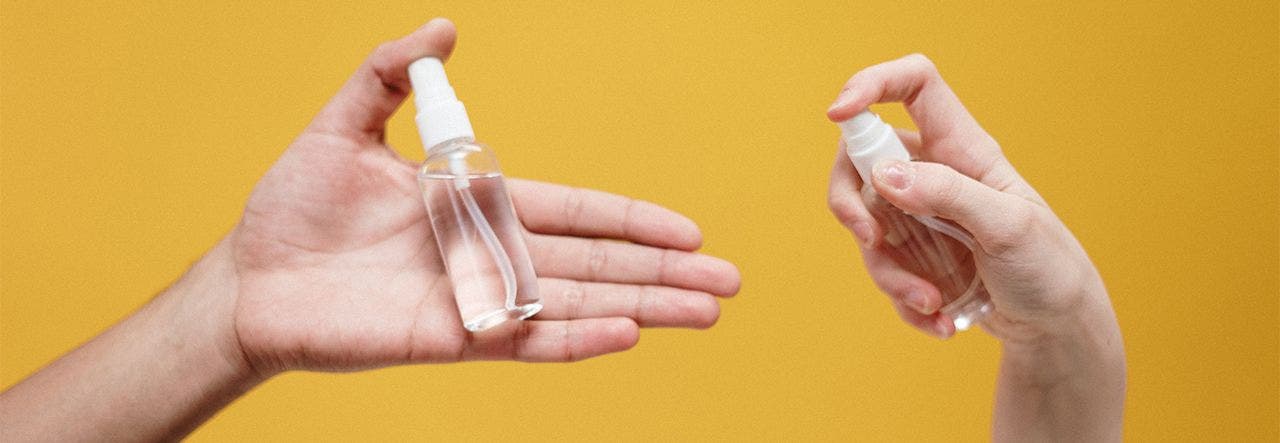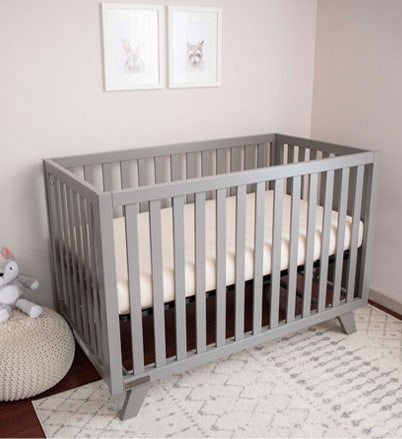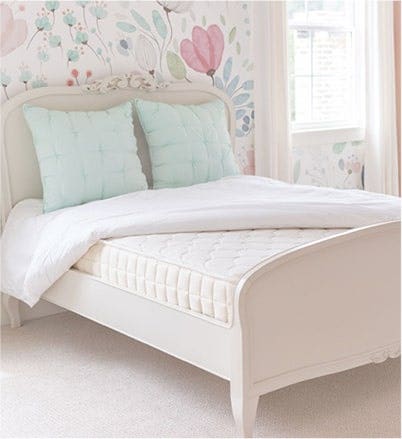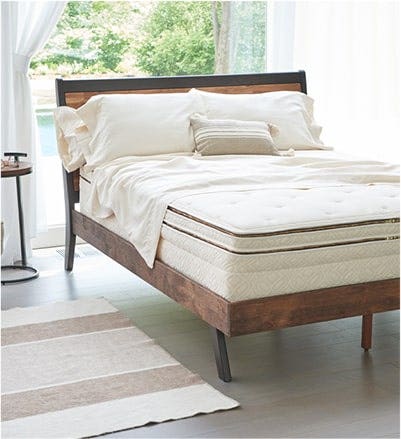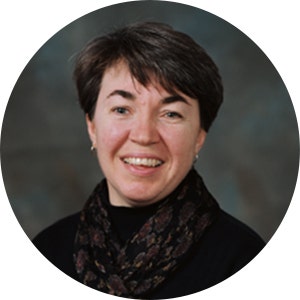Many thanks to Liz Hitchcock, director of Toxic-Free Future’s federal policy program, for sharing this valuable information about the EPA Safer Choice program with the Naturepedic community. Naturepedic is a proud supporter of Toxic-Free Future.
Have you ever looked at a product's ingredient list and had no idea what you are reading? You’re not alone. In an era where everyday product labels are riddled with unpronounceable ingredients, deciphering what's safe and what's not can be a daunting task.
Luckily, the U.S. Environmental Protection Agency (EPA) has a program called Safer Choice, which helps shoppers vet products for chemical safety. At Toxic-Free Future, we're advocating for the expansion of this crucial program to include beauty and personal care products as part of our ongoing commitment to a healthier, toxin-free world.


What Is the Safer Choice Program?
The EPA Safer Choice program is a voluntary labeling effort that identifies products that are safer for human health and the environment, easing the burden of choice for consumers and businesses alike.
By recognizing products that meet stringent health and environmental criteria, Safer Choice guides us towards choices that are not only effective but also minimize environmental impact. It encompasses a range of products from household cleaners to industrial solvents, ensuring they adhere to rigorous safety standards. By carrying the Safer Choice label, these products assure consumers of their minimal environmental footprint and safer chemical composition.
How Does the Safer Choice Standard Work?
The Safer Choice standard is a meticulous process. Products bearing the Safer Choice label have undergone rigorous scientific evaluations by the EPA. This evaluation includes assessing each ingredient for potential human health and environmental effects.
Products that qualify for the Safer Choice label contain ingredients that are among the safest in their class and have proven performance. Manufacturers must also provide data on product performance, pH, packaging and ingredient disclosure to meet the program's transparency requirements.
Why Are Personal Care Products a Critical Addition?


Personal care products, from shampoos to lotions, are an intimate part of our daily lives. They come into direct contact with our skin, the largest organ of our body – so choosing non-toxic beauty products is important!
Currently, many personal care products contain chemicals of concern, such as phthalates, parabens and formaldehyde, known for their potential adverse health impacts. Incorporating personal care products into the EPA Safer Choice program would ensure these items are made without harmful chemicals, providing peace of mind to consumers and nudging manufacturers towards safer formulations.
How You Can Get Involved
If you agree that the EPA Safer Choice program should be expanded to include beauty and personal care products, sign the petition here! Your voice is powerful in advocating for safer products. Here’s are other ways you can get involved:
Educate Yourself and Others
Education is a powerful tool, and understanding the implications of chemical ingredients is the first step in getting involved with our cause. If you want to deepen your understanding of the common chemicals found in personal care products, you can utilize resources like us at Toxic Free Future, the Environmental Working Group (EWG) and more.
Support Safer Products
Your purchasing decisions send a strong message to manufacturers about consumer preferences, so choose products with the Safer Choice label. Sharing your experiences with these products online or recommending them to friends and family can further amplify their impact.
Advocate for Policy Change
If you’ve signed the petition and want to take your support a step further, contact your local representatives and urge them to support the expansion of the Safer Choice program to include personal care products.


Participate in Public Comments and Campaigns
Participation in public comment periods and campaigns is another critical avenue for involvement. Regularly monitoring websites such as the EPA or the Federal Register for public comment opportunities allows you to voice your support for safer chemical standards in personal care products. And engaging in campaigns organized by environmental and health advocacy groups like us at Toxic-Free Future is a proactive way to influence policy and public opinion.
You Can Get Involved With Toxic-Free Future, too!


Toxic-Free Future is at the forefront of advocating for safer chemicals in everyday products. Join us in our mission by:
- Donating: Financial contributions help us continue our vital work. Donate here.
- Staying Informed: Sign up for email updates for the latest developments and ways to get involved. Head to our homepage to sign up.
- Spreading the Word: Use social media and other platforms to raise awareness about the importance of chemical safety in products. Follow us on Facebook @ToxicFreeFutureOrg and Instagram @ToxicFreeFuture.
The journey towards a toxic-free future is a collective effort. By supporting the expansion of the Safer Choice program to include personal care products, we take a significant step towards safeguarding our health and the environment.
Through education, conscious choices and advocacy, we can drive change and ensure that the products we use daily are not only effective but also safe for us and our planet. Join us at Toxic-Free Future in this essential endeavor, and together, let's create a healthier, safer world!
 BABY
BABY  KIDS
KIDS  ADULT
ADULT  LEARN
LEARN  STORES
STORES 